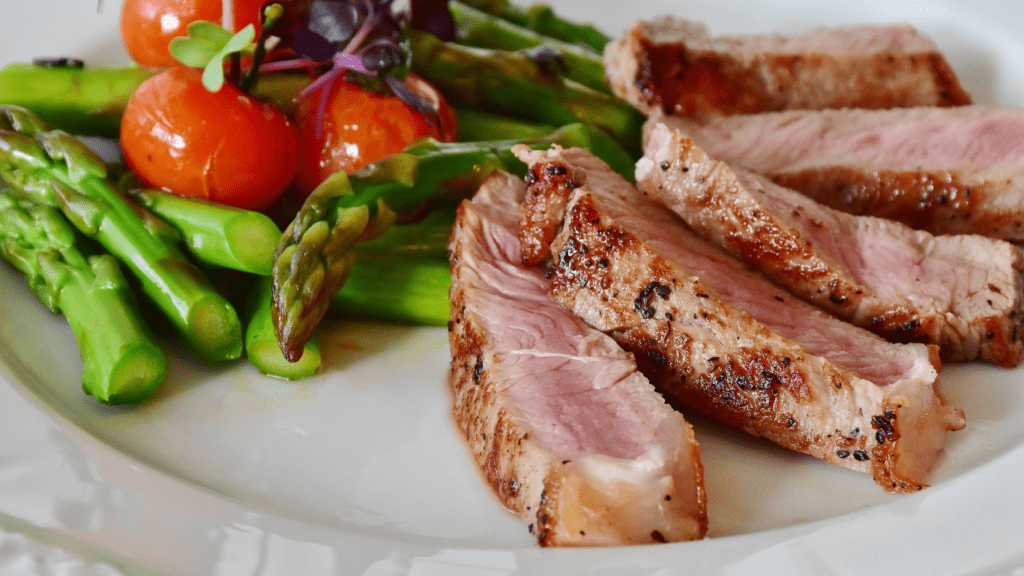Understanding the Basics of Homemade Pet Food
Creating homemade pet food offers many advantages, from better control over ingredients to tailored nutrition.
Benefits of Homemade Meals for Pets
Homemade pet food allows precise ingredient selection, ensuring only high-quality and nutritious components. Processed pet food often contains preservatives and fillers, whereas homemade options avoid these additives.
Fresh, whole foods can enhance pets’ energy levels and skin health. Additionally, customizing meals helps address specific dietary needs or allergies that commercial foods might not meet. Pet owners often report improved digestion and shinier coats in their pets.
Essential Nutrients and Ingredients
Effective pet nutrition relies on a balanced diet comprising proteins, fats, carbohydrates, vitamins, and minerals. Proteins from sources like chicken or beef provide essential amino acids.
Fats, found in fish oil or flaxseed, support a healthy coat and skin. Carbohydrates such as rice or sweet potatoes offer energy. Including a variety of vegetables like carrots or peas ensures vitamin and mineral intake.
While crafting meals, ensuring the right calcium-phosphorus ratio is crucial for bone health. Always avoid toxic foods like chocolate, onions, or grapes.
Choosing the Right Recipes for Your Pet
Selecting the right homemade pet food recipes is crucial for ensuring balanced nutrition and meeting specific dietary needs.
Considerations for Dogs
Dogs require a diet rich in protein and moderate in fats. Proteins support muscle development, while fats provide energy. Suitable protein sources include chicken, beef, and fish. Dogs also benefit from carbohydrates like rice or sweet potatoes.
Include vegetables like carrots, peas, and spinach for essential vitamins and fiber. Ensure a balanced calcium to phosphorus ratio. Avoid toxic foods like chocolate, onions, and grapes.
Considerations for Cats
Cats need a high-protein diet as obligate carnivores. Beef, chicken, and fish are optimal protein sources. Include taurine, an essential amino acid found in meat. Cats benefit from moderate fats for energy and skin health.
Incorporate small amounts of carbohydrates such as rice. Vegetables like pumpkin and carrots offer fiber but should be minimal. Avoid onions, garlic, and chocolate due to their toxicity to cats.
How to Get Started with Homemade Pet Food

Crafting homemade pet food can enhance your pet’s nutrition and wellness. Setting up your kitchen and trying simple starter recipes are essential steps to begin this journey.
Setting Up Your Kitchen
Ensure you have the right equipment for making pet food. Start with:
- Cutting Boards: Use separate cutting boards for meat and vegetables to prevent cross-contamination.
- Knives: Have sharp kitchen knives for efficient chopping.
- Blender or Food Processor: These tools help puree ingredients, especially for cats who may need finer textures.
- Storage Containers: Use airtight containers to store prepared food in the refrigerator or freezer.
- Measuring Cups and Spoons: Accurate measurements ensure balanced nutrition.
A clean, organized kitchen improves efficiency and safety when preparing your own pet food.
Simple Starter Recipes
Transitioning to homemade pet food is easier with simple recipes. Here are two beginner-friendly examples for dogs and cats:
- Dog Recipe: Chicken and Rice
Combine 1 cup of cooked chicken breast with 1/2 cup of cooked brown rice and 1/2 cup of mixed vegetables (carrots, peas). Ensure ingredients are cooked thoroughly and mixed well. - Cat Recipe: Fish and Egg
Mix 1/2 cup of cooked, boneless fish (salmon or mackerel) with one boiled egg (mashed). Add 1-2 teaspoons of fish oil for enhanced flavor and nutrition.
These recipes help provide balanced meals while allowing for easy preparation.
Addressing Common Concerns
When considering homemade pet food, several common concerns arise. I’ll address these to ensure a smooth transition into homemade meals for pets.
Handling Allergies and Sensitivities
Identifying pet allergies and sensitivities is essential before altering their diet. Common allergens include beef, dairy, wheat, and soy.
Observing any adverse reactions like itching, digestive issues, or lethargy when introducing new ingredients helps identify problematic foods.
Once identified, avoid these ingredients and opt for alternatives like lamb, rice, or potatoes. Consulting with a veterinarian strengthens confidence in managing pet allergies effectively.
Ensuring Balanced Nutrition
Balanced nutrition is crucial for pets’ well-being. Homemade recipes should cover all essential nutrients: proteins (chicken, beef), fats (fish oil, flaxseed), carbohydrates (rice, sweet potatoes), vitamins, and minerals.
Using supplements may be necessary to fill any gaps. Feeding trials and regular vet check-ups confirm the adequacy of the diet. Testing and adjusting recipes guarantee pets receive a nutritionally complete and balanced diet.


